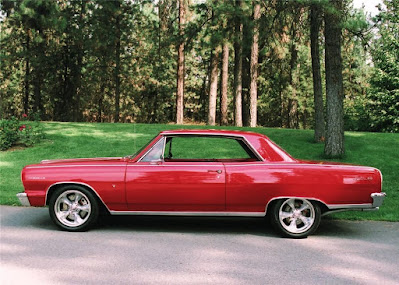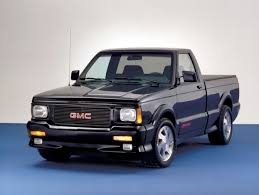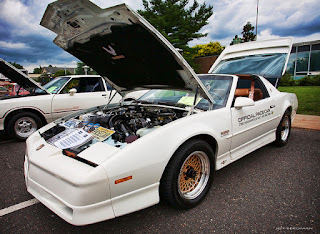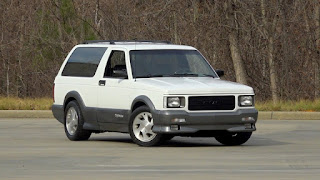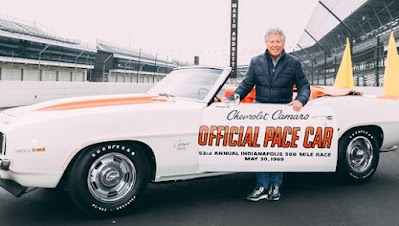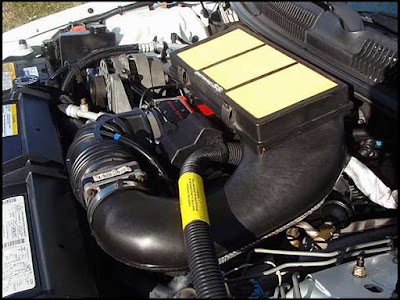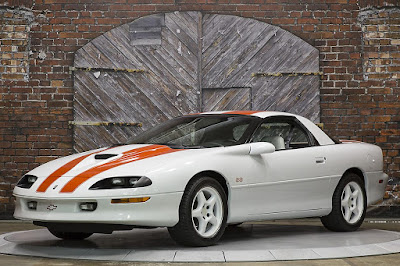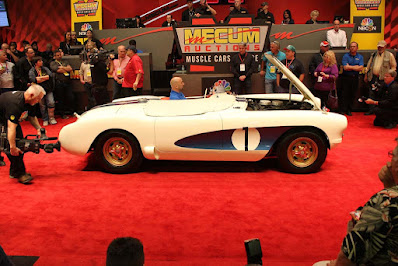Chatter started around 2007 about a new version of the ZR1, a ZR1 that would be so performance-packed it would give it a supercar status that would have its name mentioned in the likes of Ferrari, Porsche, and Lamborghini.
2009 ZR1 Motor and Transmission
Performance Stats
Frame and Suspension
The ZR1 comes standard with an aluminum frame structure that weighs in at a mere 138 pounds. The frame was the exact frame used on the C6.R race car, giving it a power-to-weight ratio of 5.2 pounds per horsepower.
The aluminum frame rides on a Magnetic Selective Ride Control suspension. The Magnetic Ride Control was the most sophisticated suspension of its kind. This ride-control system gives the driver two different driving modes to select—Sport ride-control, ideal for the racetrack, and Touring mode, which is ideal for everyday driving. These modes can be easily switched back and forth in the cockpit by the driver with a push of a button. This may not seem like much of a wow factor today, but back in 2009, this convenience was just starting to become a top technology on American vehicles.
Tires
Braking
You can't have a vehicle with all that power and ability without having an effective way of stopping it. So massive Brembo Carbon Ceramic 15-inch front and 15.5-inch rear vented cross-drilled rotors were added. These rotors can withstand heat of 1000 degrees Celsius before warping. The brake system includes six-piston calipers in the front and four-piston calipers in the rear. When this system all works together, it creates the stopping power you would need for a 200 mph supercar.The Looks Of A Supercar
Interior Options For The ZR1
Price Tag And Gas Mileage
With supercar looks, power, and track times to match, this ZR1 puts otherworldly supercars to shame when you compare price tags to performance. When brand new, the MSRP price tag was $112,000.00, which was much cheaper than a higher-powered Farria, Lambo, or Porsche at the time. The ZR1 also rated very high in gas mileage for a 2009 sports car. With an EPA-estimated 14 city/20 highway mpg, the Corvette did better than most vehicles with that size engine.
The best thing about the ZR1 is for the first time ever, Americans who were in the market for a supercar could finally buy an American-built supercar, minus the outrageous cost of maintenance, luxury tax, and everything else that comes along with owning an overseas supercar.
.



